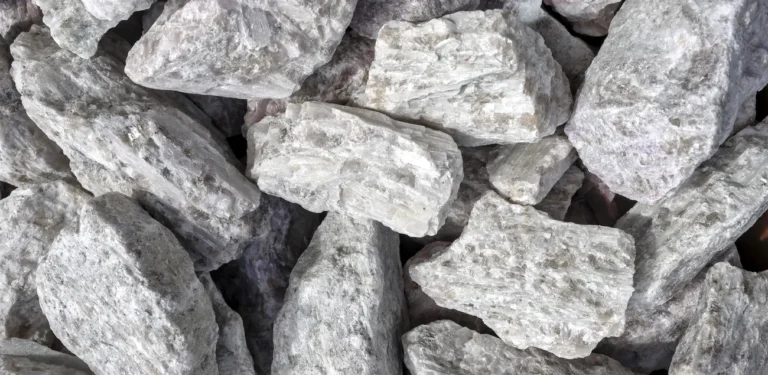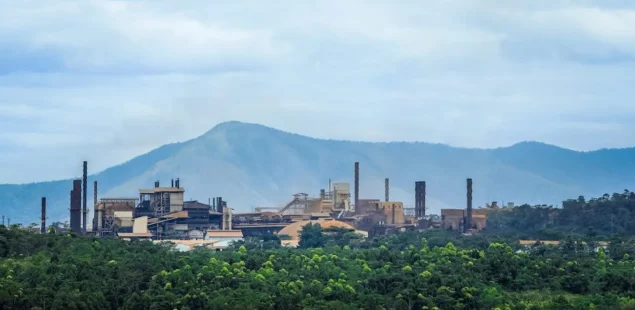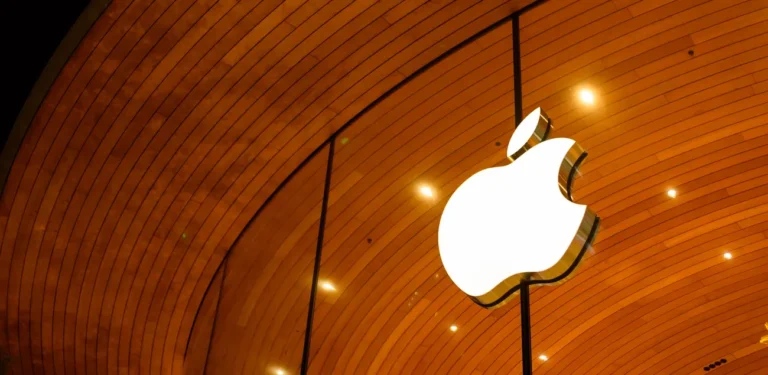
Rio Tinto, diversified miner, is assessing options for its titanium business after a prolonged price downturn and lower returns, according to people familiar with the process, as Simon Trott, iron ore chief, prepares to take over as chief executive on 25 August. The titanium operation sits in Rio’s Minerals division, which reported underlying EBITDA of $1.1 billion in 2024, down from $1.4 billion, with iron and titanium assets in South Africa and Canada contributing more than half.
Portfolio Review and Sale Rationale
Sources say a divestment decision could be among the first calls for Trott, who is expected to streamline around core units—iron ore, copper, lithium and aluminium. Management has been testing whether titanium still fits that mandate after a year marked by weaker pigment markets and internal cost pressure. Rio’s titanium dioxide slag output fell 11% to 990,000 tonnes in 2024 amid softer demand; the group operated six of nine furnaces in Quebec and three of four at Richards Bay in South Africa while reconstructing a furnace at the Canadian complex.
What Sits Inside Rio’s Titanium Business
Rio Tinto Iron and Titanium (RTIT) spans ilmenite mining at Lac Tio in Quebec feeding downstream smelting at Sorel-Tracy, plus mineral sands at Richards Bay Minerals in South Africa and QIT Madagascar Minerals. The Canadian operation is also scaling scandium oxide capacity, but the backbone of the unit remains titanium dioxide feedstock (titaniferous slag) sold to pigment makers. A sale could be complicated by the integrated nature of RTIT and by parallel assets housed in Minerals—borates, diamonds, IOC in Canada and the Jadar lithium project—that are not in scope.
Market Backdrop: China’s Weight and Weak Pigment Pricing
China has expanded to more than half of global titanium dioxide pigment capacity over the past decade, shaping benchmark prices and squeezing Western producers’ margins. Industry trackers show pigment prices drifted lower through late-2024 and into 2025 on oversupply and subdued coatings demand, with regional indices in Europe and China easing again in the second quarter. For feedstock suppliers like RTIT, weaker pigment pricing compresses slag premia and amplifies the impact of smelter downtime.
Restructuring Under a New CEO
Trott’s elevation follows his tenure leading iron ore since 2021. People briefed on internal discussions expect cost cuts—particularly in overheads—and a clearer grouping of core franchises: Australian and Canadian iron ore alongside Simandou in Guinea; lithium centred on Arcadium and other projects; and a copper platform spanning Oyu Tolgoi and South American assets. Any titanium exit would echo prior portfolio simplifications elsewhere in the sector; DuPont carved out Chemours and its TiO₂ business in 2013 after investor pressure.
Near-Term Catalysts
Rio is due to report half-year results on 30 July. Investors will look for updates on Minerals earnings trajectory, RTIT furnace availability, and any formal strategic review of the titanium unit. While no valuation has been floated, buyers in the pigment and mineral sands ecosystems would weigh integration benefits against cyclical price risk and smelter capital needs.
Company Background and Market Context
Rio Tinto operates across iron ore, aluminium, copper, critical minerals and mineral sands, with Pilbara iron ore and Oyu Tolgoi copper underpinning growth. The Minerals division aggregates diverse businesses—titanium, borates, diamonds, IOC and projects such as Jadar—making it the logical place for portfolio pruning. In titanium, Rio’s Canadian complex produces titaniferous slag and high-purity iron; South Africa’s Richards Bay mines and smelts heavy mineral sands; Madagascar supplies ilmenite. A 2024 pullback in slag output and higher maintenance coincided with weak pigment pricing, sharpening the debate over capital allocation as Trott sets his agenda.
Titanium’s industrial role spans two tracks: pigment (TiO₂) for paints, plastics and paper, and metal applications in aerospace and defence where titanium’s strength-to-weight and corrosion resistance are prized. Recent pigment prices have softened on Chinese overcapacity and muted construction demand, while aerospace-grade titanium metal demand remains steadier. For miners focused on feedstock, the pigment cycle is the dominant earnings driver, and price recovery typically hinges on supply discipline among Chinese producers and improving end-market demand.



